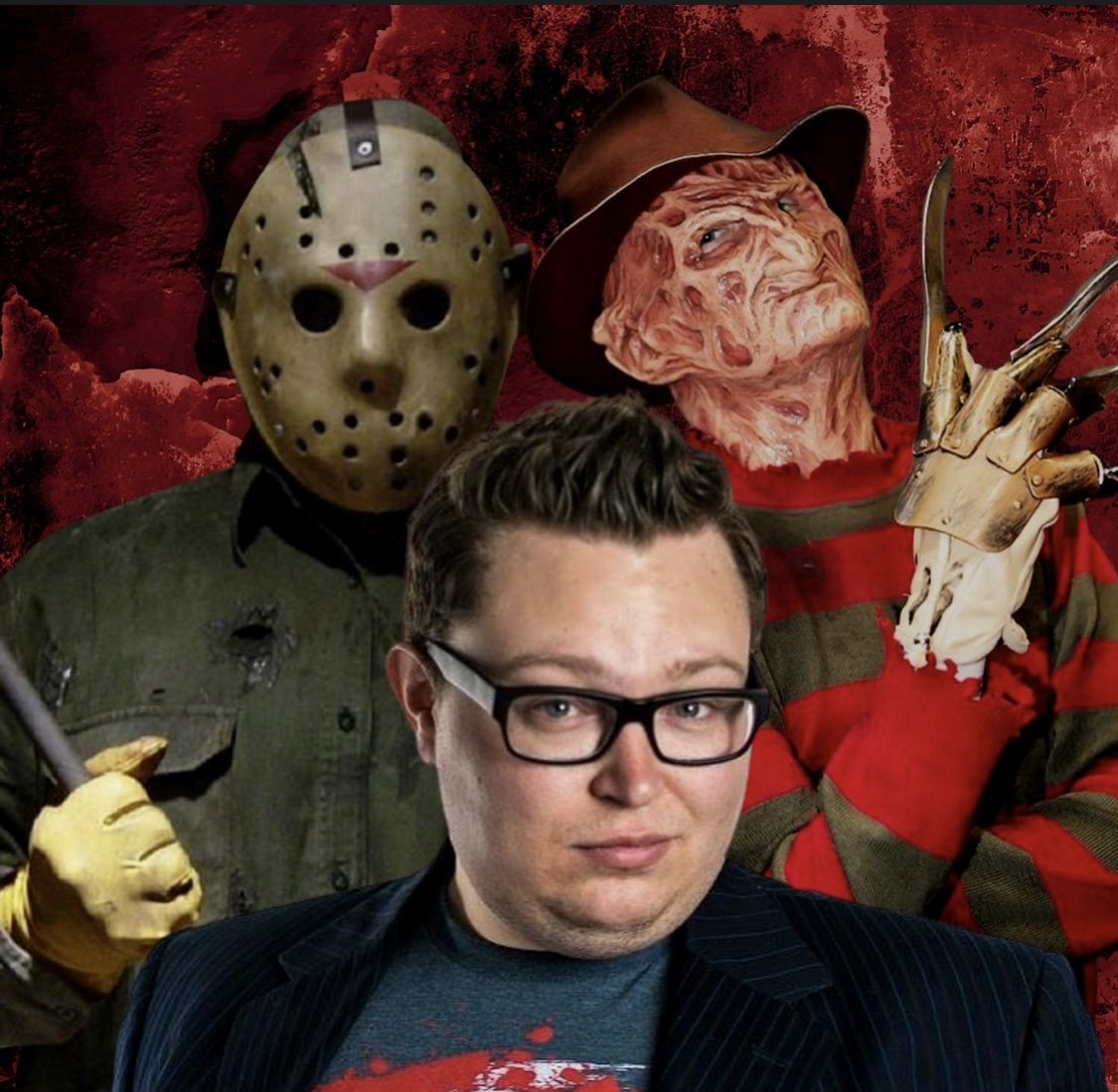Your Membership Awaits Within The "SUICIDE CLUB" (REVIEW)
Image: Image Comics
Suicide in horror movies can sometimes serve as a powerful and quite unsettling narrative device. It reflects deep psychological distress and existential dread to a main or supporting character. It can symbolize the ultimate loss of hope and control. In horror movies of today, it can be something used to amplify the terror by showcasing the darkest corners of the human psyche. This horror theme is sometimes used to help a story explore complex emotional and societal issues, highlighting the horror in supernatural elements and the realistically tragic aspects of human life. By portraying a story of suicide, horror films can provoke intense emotional responses and spark conversations about mental health and the factors that drive individuals to such desperate acts. Some may feel this route can make a horror movie unwatchable, while others feel it is a crucial part of character development.
Recently we here at Macabre Daily were terrified to open an e-invite welcoming us to the cyber thriller “Suicide Club”. This movie was originally released in 2018 by another distributor, but thanks to Terror Films Releasing it is getting a new chance for horror fans to discover it when they acquire worldwide rights. It stars Klariza Clayton, Adam Newington, Carey Thring, and Andrew Hollington. It is written/directed by Maximilian von Vier. The synopsis of the movie is as follows:
“The movie follows a reclusive young girl Liz (portrayed by Klariza Clayton) who stumbles upon a mysterious web community called The Suicide Club. According to an urban myth, The Suicide Club grants death to those wishing for it…..unless these “cyber-suicides” are actually murders. Liz soon discovers that she has a choice to make, kill or be killed.”
The truly talented cast of this movie delivers strong performances by having each character embody different aspects of the human experience and the various reasons one may be led to the decision of suicide. The central character of this movie, Liz (portrayed by Klariza Clayton) is played with such haunting vulnerability that she drives the movie’s story beautifully being the emotional core that keeps you invested in the entire plot. Her performance is very gripping as you want nothing more for her character to find something in her life that makes her want to keep going and escape the chained-up door she has placed in her apartment. Her journey in this movie is one of the most emotionally evoking parts of the story. You get to feel her pain as pain see her profound loneliness and learn of the history behind her trauma that led her to be allured by the temptation of joining The Suicide Club.
There is also a great addition to the story with the supporting character of Josh (portrayed by Adam Newington). He is a new member of Liz’s community trying to start a new chapter in his life but catches her attention during her normal day of spying on the world beyond her walls. She ends up contacting him on a social media site and while talking, helps save him from a troubled night that may have been caused by her own doing. He adds some layers of complexity to Liz’s life by showing her that there are ways to be happy outside the confined space of her apartment and sadness. The two of them on screen together not only provide the viewers with a nice story of friendship and togetherness that makes the horrific things that happen throughout the rest of the movie root for their survival together.
At its terrifying core, “Suicide Club” is a commentary on the alienation and existential angst that is all too prevalent in modern society. The movie explores themes of isolation, the search for meaning within yourself, and social media’s impact on mental health. This movie is itself a metaphor for the extreme measures people may take to escape their inner demons and need for connection in an increasingly disconnected world that we now live in sadly.
This movie is not a traditional horror movie reliant on jump scares or even excessive blood or gore. Instead, it delves into the psychological horror, using Liz’s internal struggle and mental breakdowns from the very beginning of the film to its terrifying end. The movie’s horror is rooted in those very relatable issues of depression, anxiety, and the feeling of being trapped within the confining walls of your own mind. With that said, some moments of graphic violence and disturbing imagery of death may shock and unsettle even some of the avid horror movie fans out there. The depiction of the suicide-like murders is handled with a mix of brutality and fear that aims to provoke a response so intense you may not realize you are on the edge of your seat.
Writer/Director Maximilian von Vier (who also produced the movie) employs various and attentive details to these themes. The continuous use of an image of a decaying urban landscape, a not-too-safe neighborhood, and threats that are beyond our comprehension mirror life that most people don’t see every day. Maximilian von Vier shared his thoughts while doing press for the movie about making it:
“Suicide Club is a script that came to life in the glow of a flashlight, on the flanks of a volcano, while I was backpacking in the Hawaiian jungle. The film was meant as an exercise in simplicity: for my debut feature. I needed to come up with the cheapest project I could think of, in order to be able to finance it myself.
The story explores themes that anyone who’s ever owned a computer or smartphone can relate to, in addition to very contemporary social issues such as cyber-crime, cyberbullying, voyeurism, the increasingly blurry line between our real and virtual lives, and the manipulative power of social media.”
One of the great things about this movie is its stark and unflinching cinematography. Using a palette of muted colors, and harsh lighting to create a sense of dread and hopelessness that strengthens the movie’s dark tones. This is even more true when things start to get increasingly terrifying in the movie’s second and third act with the threat of the people behind the screens running the Suicide Club. You see this with the occasional close-up shots of Liz’s face when capturing her anguish and vulnerability while she is forced to choose who dies in her place via the blinking red glow of the computer screen. It makes viewers feel connected to her character’s suffering by also adding the use of shadows and darkness to an already eerie atmosphere. There are often obscured parts of the movie’s frame that can suggest the unknown and unseen forces of the Suicide Club driving the characters toward their grim deaths.
“Suicide Club” is a harrowing and thought-provoking horror movie that challenges horror fans to comfort a darker aspect of our own human existence. It is combined with strong performances, great directing by Maximilian von Vier, and a haunting visual canvas that creates an unsettling atmosphere that will linger with you well after the end of the credits. It may not be easy to watch for some people, but it is an exploration of mental health issues and pressures brought on by society that make it a great addition to the horror movie genre.
Terror Films Releasing will be premiering ‘Suicide Club’ on their YouTube Terror Channel on July 12th, including a live chat with the filmmaker. The movie will then roll out across multiple platforms on July 19th including Amazon, Tubi TV, PlayNow Media, Kings of Horror, and many more. For more terrifying insights into the horror movie genre, make sure to stay tuned to Macabre Daily for continued horror movie reviews and more.
Stay up to date with “The Dark Side Of Pop Culture” by following Macabre Daily on Instagram, Facebook, and Twitter.
















